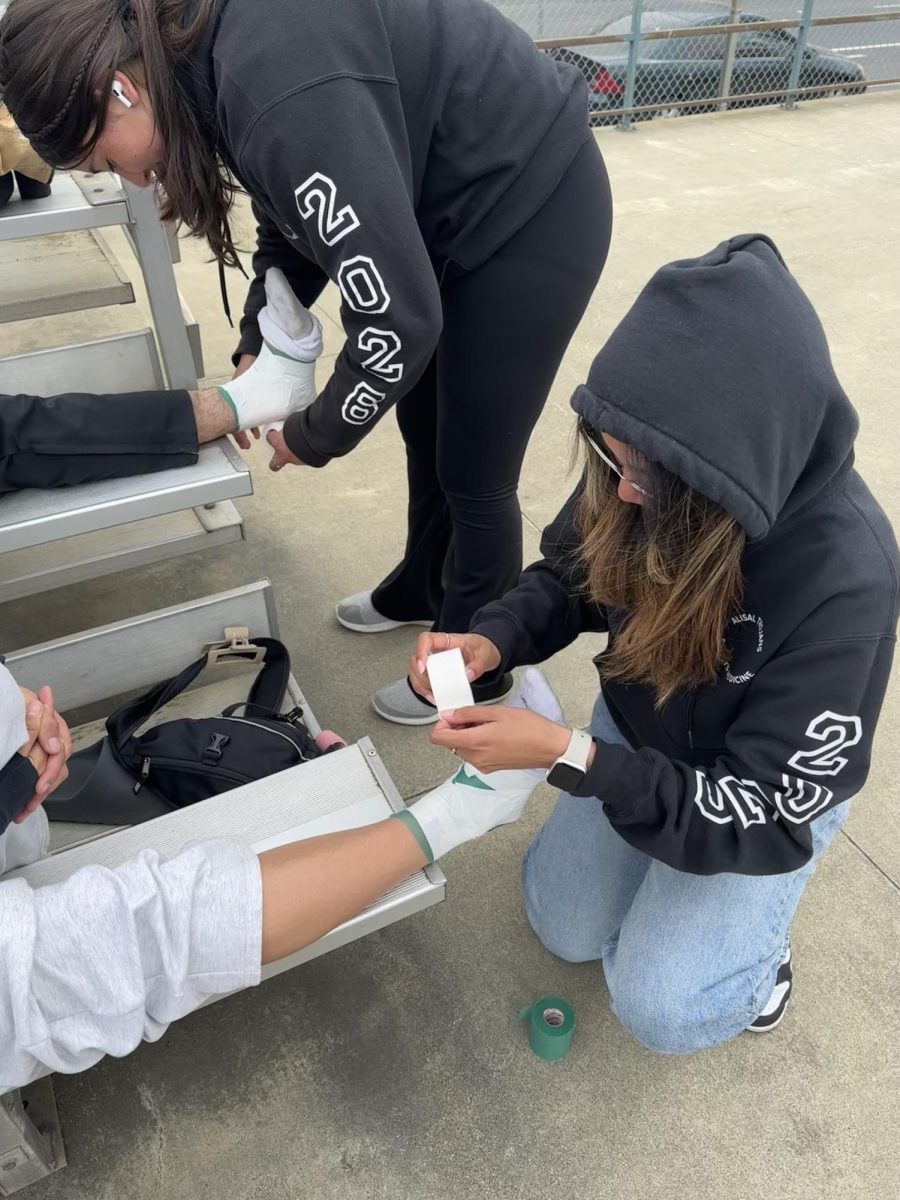To Be, or Not to Be (Cryogenically Frozen)
Any who have played Fallout 4 (or watched Futurama or Austin Powers) would know about cryonics. Playing in the beginning of the game as Nate or Nora ( you decide) you get a knock on the door, only to find out it’s a representative from Vault-Tec, approving your admittance into the local fallout shelter. Of course, getting right into the action, a nuclear attack forces you and your family to rush to the vault. There, you are cryogenically frozen to prevent the fallout explosion from killing you for 210 years.
But for those who don’t, cryonics is the process of freezing bodies below the temperature of normally -202 Fahrenheit in hopes to find a cure ( if an illness is included), to be prepared to defeat Dr. Evil when you are defrosted ( Austin Powers), or just for the sake of wanting to be a prehistoric human in the unpredictable future. Regardless of the reasoning, there are currently 300 people as of today that are frozen, and 1,250 more on the waiting list. Legally, the volunteers who are cryogenically frozen are considered dead, but that all may change in the future.
Cryologists are in the process of learning how to revive frozen humans.Their most recent project of cryonics involved freezing a rabbit and trying to bring it back to life. After defrosting the bunny, it’s brain still functioned, however the bunny was dead. Seeing it as a failure, the cryobiologist threw the animal away.
While this doesn’t bode well for humans, optimists are willing to be cryogenically frozen. One would hope cryologists would put more effort into a frozen human than a frozen rabbit. But despite that, there is always a first in everything, and this is only the start of a new beginning.
Unlike the movies, the process of cryonics is much more complicated. First, when you are pronounced “ legally dead,” an emergency response group stabilizes your body, providing your brain with enough oxygen and blood to keep it functioning while they take your body to the suspension facility. Once there, your body is covered with ice and injected with an anticoagulant (types of drugs that work to prevent blood clotting) called heparin. Then, the cool part happens (no pun intended).
Unlike the way you’re frozen in Fallout 4 by being put into a human tank filled with liquid nitrogen to freeze you, you actually get all the water from your cells removed by the cryologist and get it replaced with cryoprotectant, which is basically a human antifreeze. This is to protect your organs from forming ice in them, which is called verification. Once that’s done, your body is placed on a bed made of dry ice to cool it down to a temperature of -202 Fahrenheit, completing the verification process. The last step however does come out in Fallout 4, so it’s not a completely false advertisement! Your body is put into a whole body container that is then stationed in a bigger tank that’s filled with liquid nitrogen, which is typically at a temperature of -320 degrees Fahrenheit. Your container (along with your frozen body, of course) is placed upside down. This is done just in case if there happens to be an accidental leakage, your head will still be preserved. After all, it is only your brain that they need to keep preserved.
There are two types of ways you can be cryogenically frozen, however, most who have done it prefer the option of neurosuspension, since it’s only a measly $80,000. Neurosuspension consists of freezing only your head. But if you’re into the freezing your whole body, then it would cost around $150,000. Those who have paid for the full body, do so because if you only get your head frozen, there is no assurance that scientists would be able to recreate your body and attach your defrosted head to it. Yet again, there is no assurance that any of this may happen, so you might as well go with what you can afford.
Just because these people are frozen in hopes of being defrosted in the future, it doesn’t mean it’s actually going to happen. After all, the same cryologist who invest their time in this doubt themselves as well. Saying stuff like, “We haven’t revived a human yet” and “ I don’t think we’ll be able to in the near future either” aren’t the words that should be coming out of a scientist’s mouth, especially when it comes down to the cryology industry.
But say it were to work, that all these frozen people would be able to live in the future as a regular person from the past, what would be the downfalls? For one, nobody knows when this will be done, creating the problem of how will the future look. 50 years from now, the world can be completely different and adding another 100 years would be insane. Would our national currency still be the dollar? How would these people from the past be treated by the present people? How would they survive in the future? The United States government has no interest in financially helping the patients who will need to be defrosted, nor would they have any family to help them financially, or any other way. And adding more years to that only make the complications worse.
All of these cons may have you thinking,”Why in the world would people put themselves in such a crazy situation?” Well, there aren’t just negative effects that would come out of this. The possibilities are endless with this type of science. Scientists are able to cryogenically freeze an egg and a sperm, then defrosting it to have the life of a fetus continue on until it’s a baby. So technically, the fetus is considered dead, then revived. This gives cryologists hope that freezing bodies will indeed be a thing in the future, extending life. Cheating death? That’s something a lot of people would be interested in, provided they could get it to work.
Another application would be space exploration. Cryonics could lead to the process of deep space exploration by freezing astronauts until they reach their destination if it takes decades or even centuries. While this is only a reality in science fiction movies, it could prove valuable in the future, if scientists could perfect the process.
But wait, there’s more! Sure, freezing bodies to reach for other universes is out of this world, but how about cryogenically preserving bodies for the greater good? When it comes to our health, us as humans try our best to keep ourselves in a healthy state of being to prevent any type of illnesses. However, not every type of illness can be prevented by choosing a healthy lifestyle. Some illnesses are genetically passed on such as Sickle Cell Anemia ,Hemophilia, Huntington’s Disease, Cystic Fibrosis, Duchenne muscular dystrophy, and the list continues. So what can be done about it? Well, freezing bodies that carry illnesses can be preserved until they find a cure for whatever the disease happens to be. This way, people won’t have to feel hopeless and they could opt to be frozen in hopes that a cure could be found and they could live a normal, healthy life..
Even though there seems to be more pros than cons, people are still very skeptical about being cryogenically frozen (as they should, at least in my opinion). Some think as if these cryologists aren’t really cryologists, and are only scamming them for their money, which seems like a pretty douche move, to be honest. Seeing cryonics in movies such as Austin Powers: International Man of Mystery, Civil War, and Captain America: The First Avenger, and cartoons like Futurama and The Simpsons, can make a person perceive cryonics as just another talk of the future. But cryonics is a real thing, with companies that provide the service. While it’s not viable science yet, there are plenty of people who hope that it will be someday.
Your donation will support the student journalists of Alisal High School. Your contribution will allow us to purchase equipment and cover our annual website hosting costs.



























